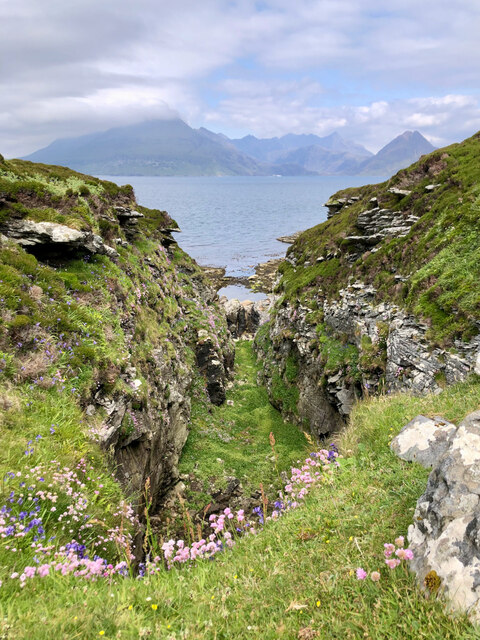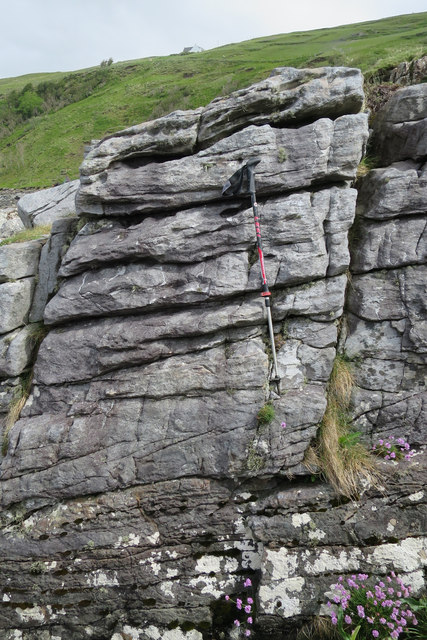Suidhe nan Eun
Island in Inverness-shire
Scotland
Suidhe nan Eun

Suidhe nan Eun is a small island located in the Inverness-shire region of Scotland. Situated in the Inner Hebrides, it is part of the group of islands known as the Small Isles. The island covers an area of approximately 0.5 square kilometers and has a population of around 10 people.
Suidhe nan Eun is characterized by its rugged and picturesque landscapes. It is primarily made up of rolling hills and rocky terrain, with scattered patches of grassland and heather. The island is surrounded by the clear waters of the Atlantic Ocean, offering breathtaking views of the surrounding sea and nearby islands.
Despite its small size, Suidhe nan Eun boasts a rich biodiversity. The island is home to a variety of bird species, including the iconic sea eagle and puffins. It also supports a diverse range of plant life, with heather, wildflowers, and mosses covering the landscape.
The island has limited infrastructure, with a small number of houses and basic amenities for its residents. There are no roads, and transportation is mainly done by foot or by boat. The island offers a peaceful and remote environment, making it an attractive destination for those seeking solitude and tranquility.
Suidhe nan Eun is a place of natural beauty and tranquility, offering visitors a chance to immerse themselves in the stunning landscapes and wildlife of the Scottish Highlands.
If you have any feedback on the listing, please let us know in the comments section below.
Suidhe nan Eun Images
Images are sourced within 2km of 57.13613/-6.1112053 or Grid Reference NG5112. Thanks to Geograph Open Source API. All images are credited.

Suidhe nan Eun is located at Grid Ref: NG5112 (Lat: 57.13613, Lng: -6.1112053)
Unitary Authority: Highland
Police Authority: Highlands and Islands
What 3 Words
///colder.preparing.grant. Near Elgol, Highland
Nearby Locations
Related Wikis
Strathaird
Strathaird is a peninsula on the island of Skye, Scotland, situated between Loch Slapin and Loch Scavaig on the south coast.W. H. Murray said that "Skye...
Elgol
Elgol (Scottish Gaelic: Ealaghol) is a village on the shores of Loch Scavaig towards the end of the Strathaird peninsula in the Isle of Skye, in the Scottish...
Kilmarie
Kilmarie or Kilmaree (Scottish Gaelic: Cill Ma Ruibhe), (Gaelic: cill =' church or cell'; marie from St. Maolrubha) is a village in the Isle of Skye, Scotland...
Dun Ringill
Dun Ringill (Gaelic: Dùn, 'fort', Ringill, 'point of the ravine') is an Iron Age hill fort on the Strathaird peninsula on the island of Skye, Scotland...
Nearby Amenities
Located within 500m of 57.13613,-6.1112053Have you been to Suidhe nan Eun?
Leave your review of Suidhe nan Eun below (or comments, questions and feedback).



















